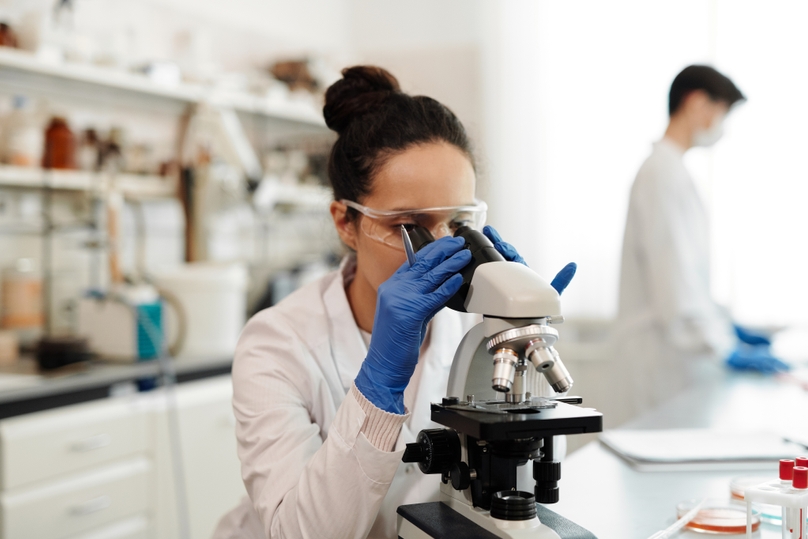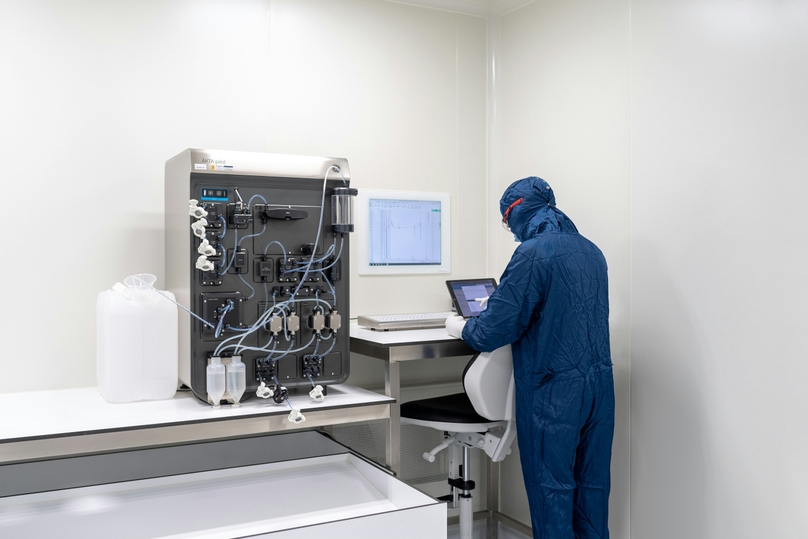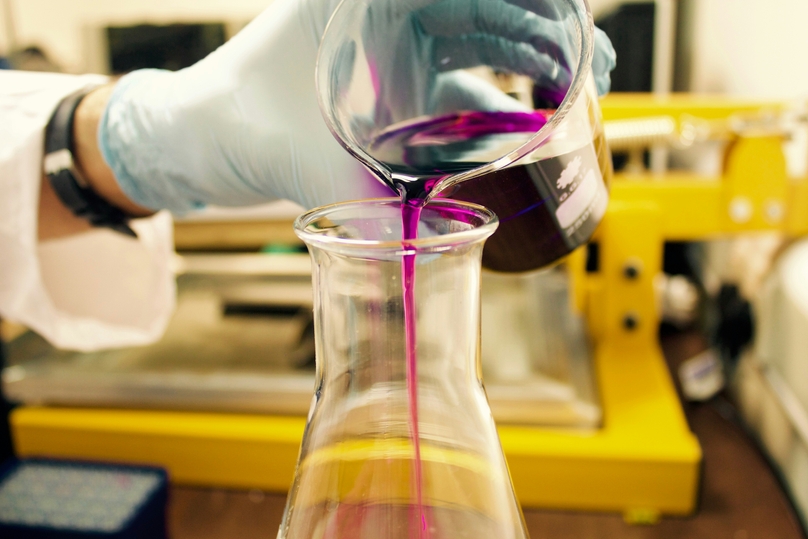New Technologies that You’re Going to Want to Know About
Clinical laboratory teams saw numerous changes in available technologies during last year. The next few years promise to bring even more new developments for researchers and professionals working within the life sciences. Trends are evolving within laboratory automation systems for workflows, laboratory management, and algorithm improvement. This article will discuss the next generation in laboratory technologies.
1. Laboratory Management Automation
Lab management automation is set to make life easier for clinical laboratories to optimize precision and accuracy. More specifically, a digital Laboratory Information Management System (LIMS) offers the following benefits:
- Improving workflows: Because a LIMS can help you standardize workflows, it enables total control over the entire testing process. It facilitates the recording and archiving of results and makes tracking samples easy and efficient.
- Optimizing quality control: Monitoring work has never been more accessible. A LIMS enables lab team members to find and track samples, access diagnostic test results, and keep documentation accurate, which is crucial in a healthcare setting.
- Reducing errors: Manual transcription of data can lead to transcription and typographical mistakes. Human errors can be virtually eliminated with a LIMS because it eliminates traditional manual tasks.
2. Improvements in Algorithms
Algorithms are vital in a clinical lab setting. Improved algorithms significantly increase the precision of diagnostic testing with the laboratory. They can also reduce the number of needed tests without compromising safety standards and compliance. When it comes to critical decision-making, algorithms can also help clinicians detect specific diseases based on a particular patient’s medical history. Other benefits of improved algorithms include:
- Eliminating misdiagnosis
- Reducing required procedures
- Preventing unnecessary admissions
- Speeding up diagnosis
- Reducing errors in test ordering
3. COVID-19 Lab Testing
During the COVID-19 pandemic, lab managers saw an immediate need for improvements in lab design and lab testing to increase the accuracy and speed of diagnostics. This led to one of the most significant improvements in laboratory testing: automation. Lab automation is continuing to improve and offers the following benefits:
- Reducing misidentification of samples
- Ensuring that results arrive on time where they are needed
- Maintaining cost-effective lab budgets
- Eliminating human error
- Increasing laboratory productivity
- Optimizing lab safety
4. Cloud-based Connectivity
Cloud-based data storage is becoming increasingly popular throughout the life sciences. A cloud-based server is an efficient and effective means of storing data in a virtual setting. It eliminates the need for on-premise storage, which can be costly and may be easily compromised.
Implementing cloud-based connectivity in a medical laboratory can improve lab design and offer advantages such as:
- Secure and easy access to virtual workstations
- Streamlined laboratory budgets
- Real-time data sharing across multiple locations
- Scalability to suit your lab’s needs
- Reduced need for IT support
- Built-in data encryption to increase security
- Automatic infrastructure updates
5. Faster Quality Control
Quality control (QC) is a vital part of lab testing. Although it is a routine task, it can be time-consuming. A faster QC process can improve cost-effectiveness but must also avoid compromising safety. Implementing the following procedures in a clinical lab can satisfy both aims:
- Standardization: By developing and utilizing a standardized set of protocols, lab managers can speed up QC and meet compliance and safety regulations. Regular audits of testing procedures make it easier to spot and correct errors before they create serious issues and prevent them from recurring.
- Automation: According to the Royal Society of Chemistry, one of the most significant impacts on QC time is human error. By introducing automation to your lab, you can eliminate human errors related to improperly calibrated equipment, inadequate sample preparation, and miscalculations.
- LIMS: Digitizing laboratory data with a LIMS can significantly improve QC cycle times. This is because it allows the aggregations of all QC data in a single virtual location. Lab team members can easily access information from wherever they are at any time via a user-friendly dashboard.
6. New Lab Designs
As well as LIMS and automation, new and sustainable lab designs are introducing cutting-edge technologies such as augmented reality and virtual reality (AR/VR). AR overlays a real environment with a virtual interface for more details. VR completely immerses the user within a virtual environment.
In a medical laboratory, these immersive technologies can be used for:
- Improving healthcare training: AR/VR can make training more efficient and cost-effective.
- Facilitating understanding of human anatomy: Virtual simulations of the human body make it easier for medical students and clinicians to develop a deeper understanding of the anatomy and functions of the human body.
- Developing medical skills: A virtual environment can help build skills such as diagnostic testing to improve accuracy and precision.
- Improving patient education: AR/VR can not only help patients understand why specific tests are needed but also how treatments work.
- Improving medical research: VR has the potential to offer clinical researchers a safe setting for conducting studies and trials.
7. Best-in-class Laboratory Information Management Software
It’s clear to see how a LIMS can significantly improve a laboratory setting. But what types of functionality should lab managers look for in a superior software solution?
- Workflow automation: This is key to efficient laboratory management. Lab technicians should use a LIMS to streamline workflow and eliminate the need for manual data entry. A best-in-class LIMS should have a configuration tool that allows you to match the terminology you use in your research.
- Inventory management: You should be able to use a LIMS to capture all the details of your sample and reagent inventory so that your virtual cold storage matches its physical counterpart. This will save lab techs from searching for samples and help you ensure they stay fresh and don’t get over-ordered.
- Test management: A LIMS not only helps you standardize testing but also gives you total control over the testing process. You can easily track approval and validation of all test results and generate reports in real-time. Entering results is easy and saves time to concentrate on new research.
- Sample management: One of the essential functions of a LIMS, sample management, allows for detailed and precise records of each sample. It also improves safe storage, accurate labeling, and tracking of samples as they move throughout the lab and beyond.
- Reporting: When you generate reports using a LIMS, your whole team can access and view data, highlight trends, and share information externally. From inventory to sample tracking, test results to QC data, the protocols for report generation are at your fingertips.
Stay Ahead of Lab Trends with a LIMS from Genemod
Whatever laboratory industry your team is involved in, whether it’s clinical research and diagnostics, food and beverage testing, pharmaceutical development, or agricultural testing, Genemod can help you stay ahead of lab trends with their advanced LIMS solution.
As well as the above-mentioned functions, Genemod’s LIMS also has the following advanced features:
- SSL data encryption
- Alerts management
- Unlimited project archives
- Two-factor authentication
- User and security reporting
- Real-time editing
- External collaboration
Contact Genemod today to learn more about how Genemod software solutions can help you digitize your laboratory environment and upgrade your laboratory design, so you’ll feel like you have a new lab.
















